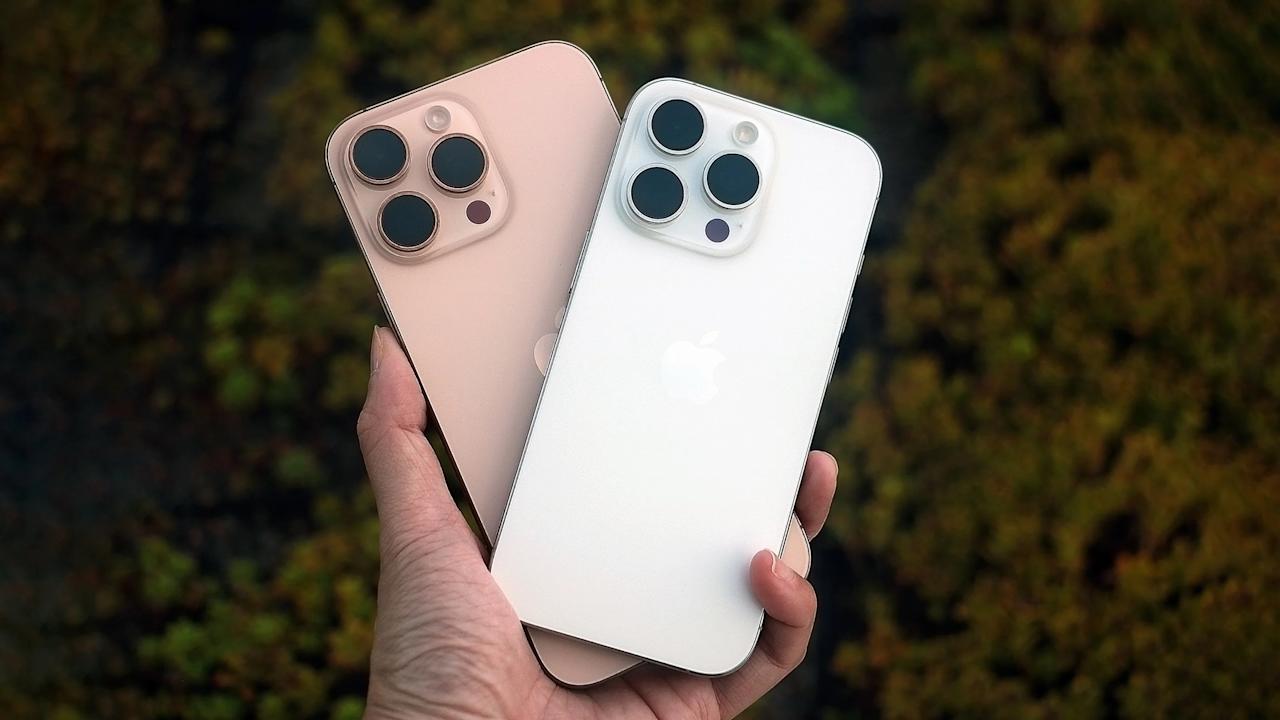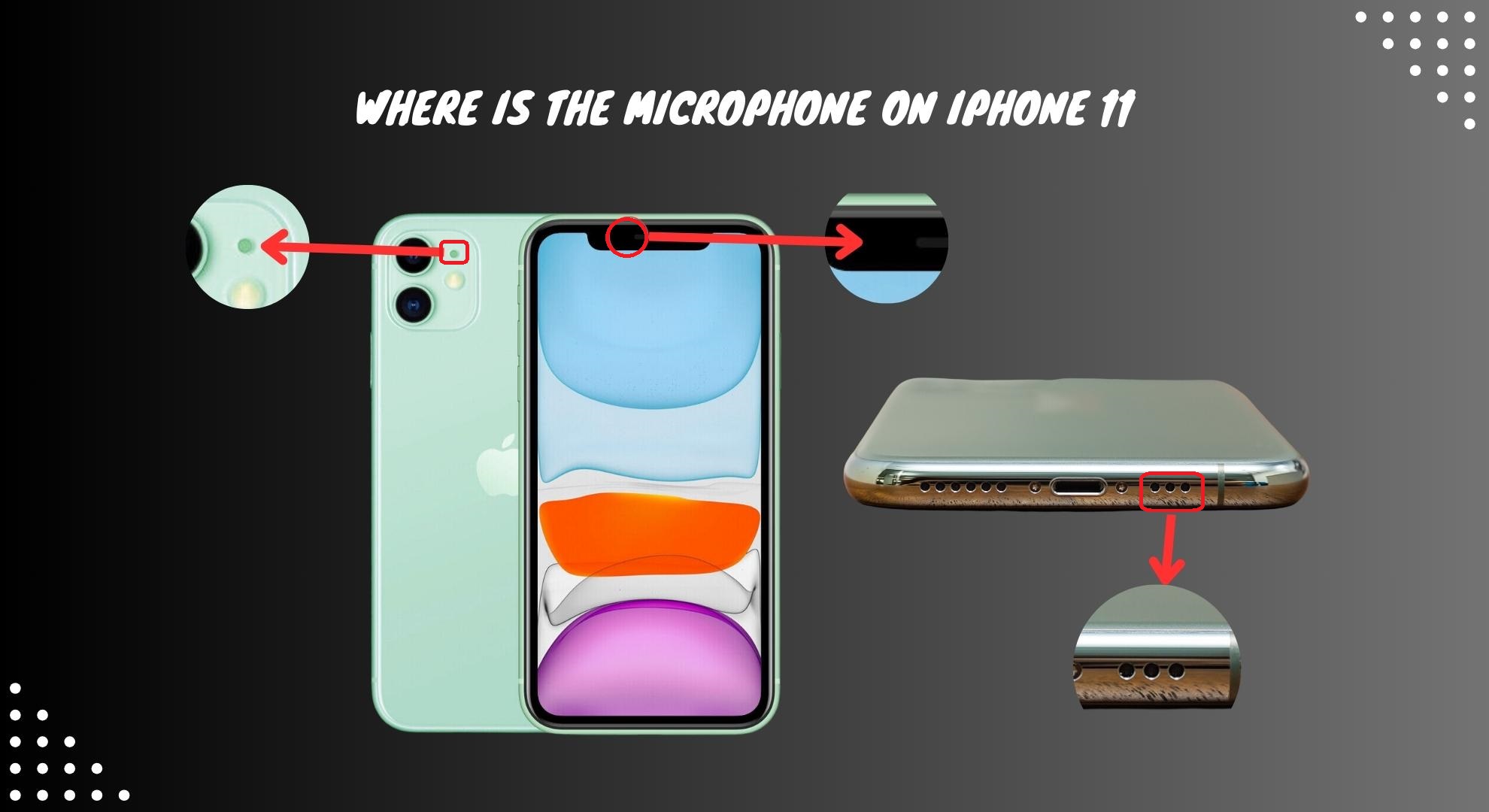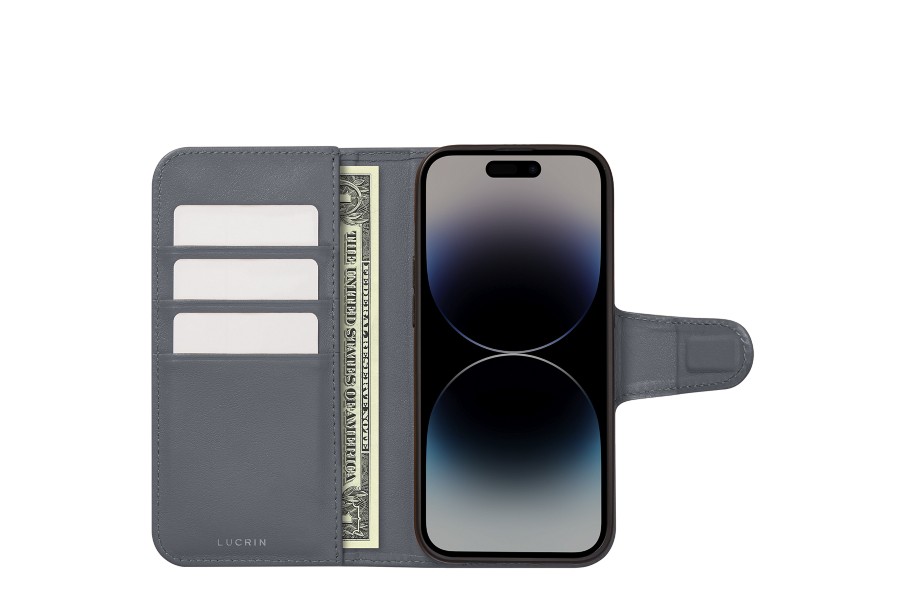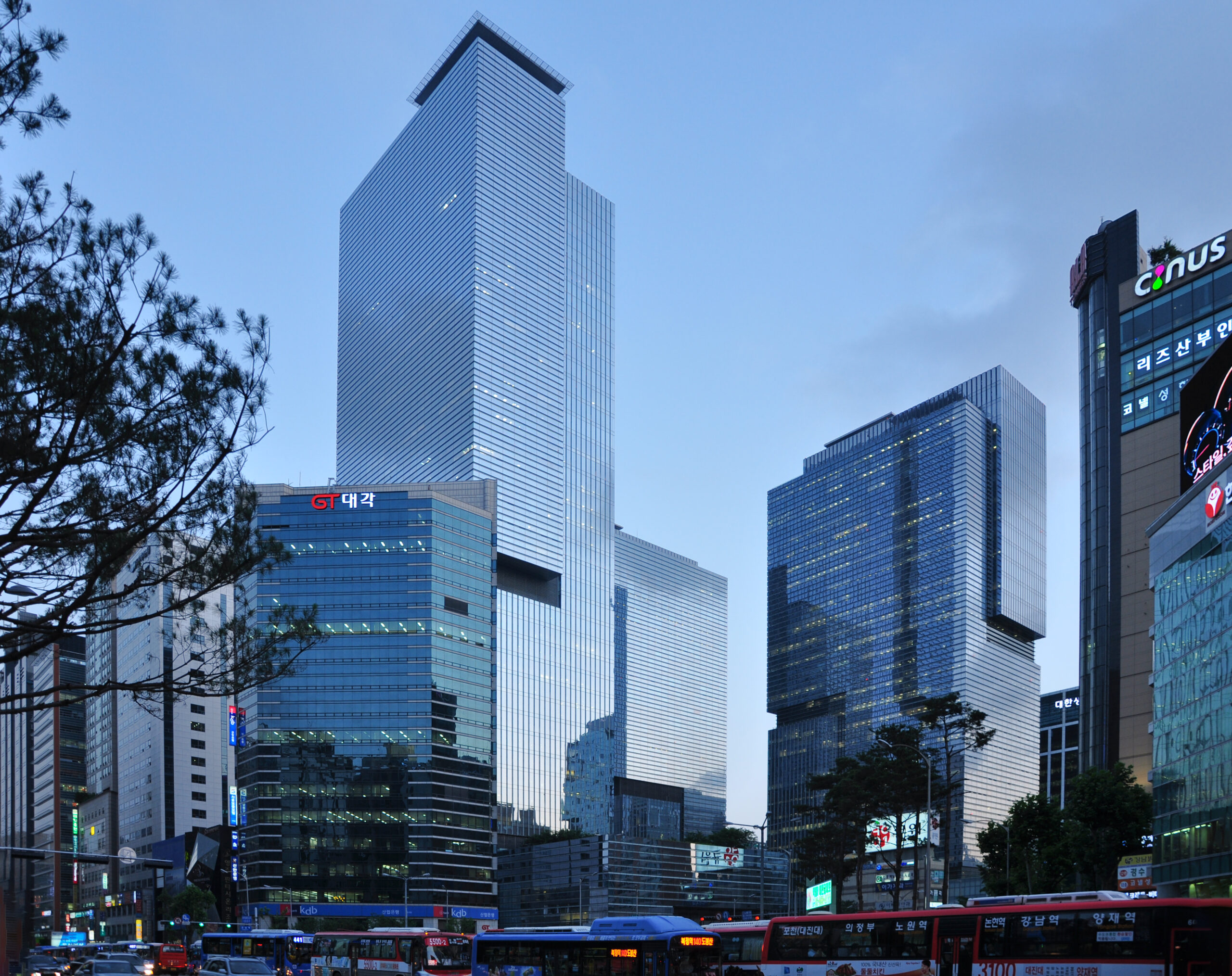
Some individuals are of the belief that for iPhone apps to be considered “organized,” they must adhere to a specific sequence, either horizontally or vertically. I strongly disagree. Placing the applications you use the most in close proximity to your digits is a much more effective method of sorting your applications. I suggest a few strategies for organizing your remaining apps that not only maintain a clean interface but also contribute to their structure’s coherence. Each piece of advice is accompanied by clear instructions whenever applicable.
How to Avoid App Overload on Your iPhone
Smartly Organize Your Dock
- The stationary row at the bottom of your iPhone’s Home screen is the app dock. The icons in the dock, in contrast to other app icons, remain consistent across all home screen pages. Ideally, you should put your most used apps here so that they are easy to find. Keep in mind that the dock can only hold up to four items, which can include both apps and folders.
- Get rid of anything that isn’t necessary The garbage disposal ought to be considered a part of the application usage cycle. They cause system clutter and decrease performance if they are not removed. Start by downloading the free iPhone cleaner app. Duplicate files and temporary data are removed when the cleaning app is run. The fact that a storage cleaner app uses AI to search for various irrelevant data is a positive feature. A lot of users are able to free up 5-10 GB of memory by running a clean iPhone.
- Edge of the Screen – The Best Place for Important AppsConsidering how users naturally interact with their devices, the design of smartphone interfaces frequently places an emphasis on ergonomics. The navigation dock and other essential shortcuts, which are typically activated by an upward swipe, are ideal for the lower portion of the phone screen because it is the most accessible for the majority of users.
As a result, the corners and edges, or peripheral zones, can also be reached easily. Even if your frequently used applications don’t quite make the cut on the main dock, it’s practical to put them in these places. Right-handed people who primarily use their thumbs for phone navigation should make the most of the right-side edge and bottom right corner. Contrarily, users who use their left hand will find the opposite side to be more convenient.
- Applications in GroupsA practical strategy for keeping your smartphone organized and productive is to divide your applications into folders. You can simplify your experience by classifying them according to themes or the frequency with which they are used. Even though you can store up to 135 applications in a single folder, which is a lot, it’s best for applications you don’t use often but still want to keep close at hand. Consider creating folders like “Food Delivery,” “Personal Finance,” or “Default Manufacturer Apps” for the purpose of thematic organization.
Finding apps related to specific aspects of your life becomes easier with this method. Final thoughts Consider customizing your app placements to personalize your iPhone’s interface. Place the apps you use the most in places where they are easy to find for quick access. The remaining items should be arranged according to how often they are used, how easy it is to access them, and whether they are used alone or in a group setting.






